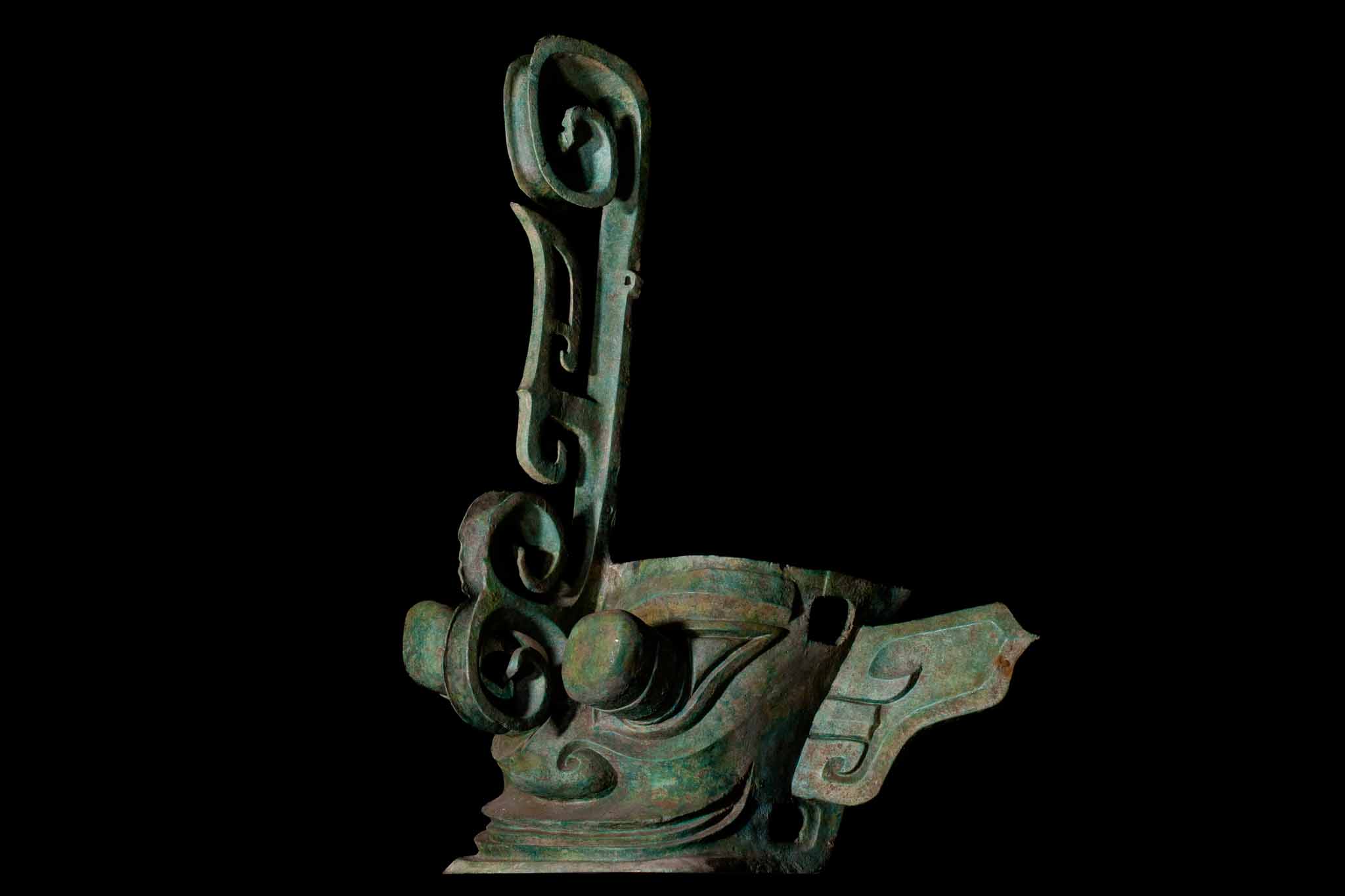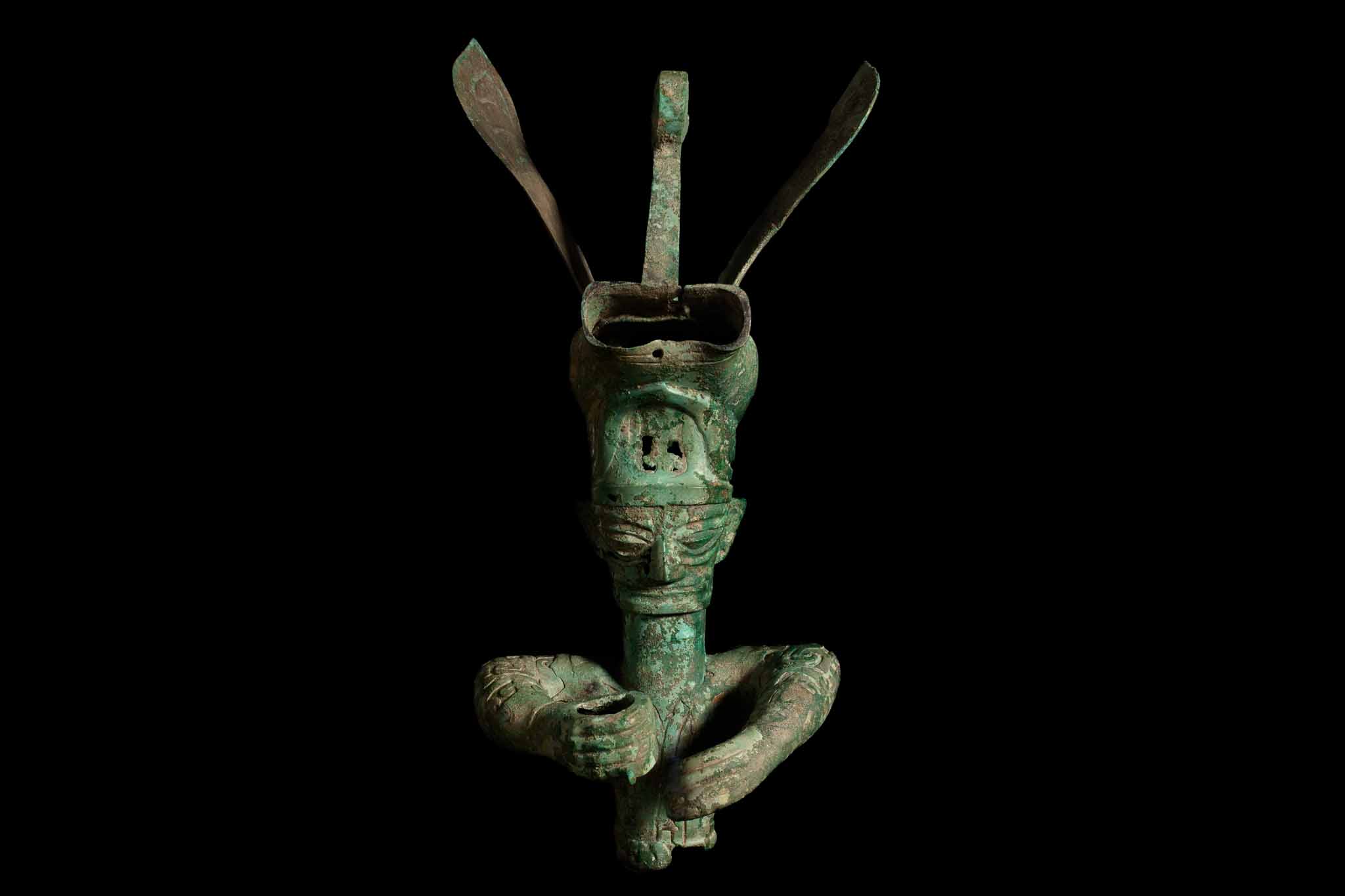China's Atlantis: How a lost civilization made me reconsider what it means to be Chinese
Published on The China Project. Sanxingdui — an archaeological site in Sichuan province brimming with artifacts dating back 5,000 years — challenges China's dominant founding myth and the idea that the Chinese people arose from a single point of origin.
The year is 1986. The location: Guanghan City, a sleepy sinew of farmland situated in the heart of the Sichuan Basin, China’s breadbasket. Nestled between rippling fields of rapeseed flowers sits a rudimentary open-air building, the Lanxing Second Brick Factory. In the sweltering July heat, laborers from the factory excavate the ground nearby for clay from which to process into bricks. As their shovels paw at the soft, cloven earth, one of the workers strikes something hard. Upon closer inspection, he discovers that it is no ordinary rock that he has come across…
By sundown, a cache of jade dagger-axes and tablets, more than 10 in all, lay spread out on the earth, their surfaces having not seen the light of day in over 3,000 years. The authorities are notified, and by week’s end archaeologists from the Sichuan Provincial Cultural Relics and Archeology Research Institute descend upon Guanghan County to begin a months-long excavation effort. Their subsequent discovery would be one of the most significant archaeological finds in China: two large sacrificial pits brimming with weapons, elephant tusks, oversized ceremonial bronzes shaped in the form of human heads, and mysterious masks leafed in gold.
Over the next three decades, even more sacrificial pits are found, with the most recent discovery happening as recently as this month. Each of the pits is full of exquisitely preserved artifacts dating back nearly 5,000 years. These artifacts have come to be known as the treasures of Sānxīngduī 三星堆. Pointing to a mysterious Bronze Age civilization, it has upended the 2,000-year origin story of how the Chinese people came to be… For the rest of the article, click here.



















